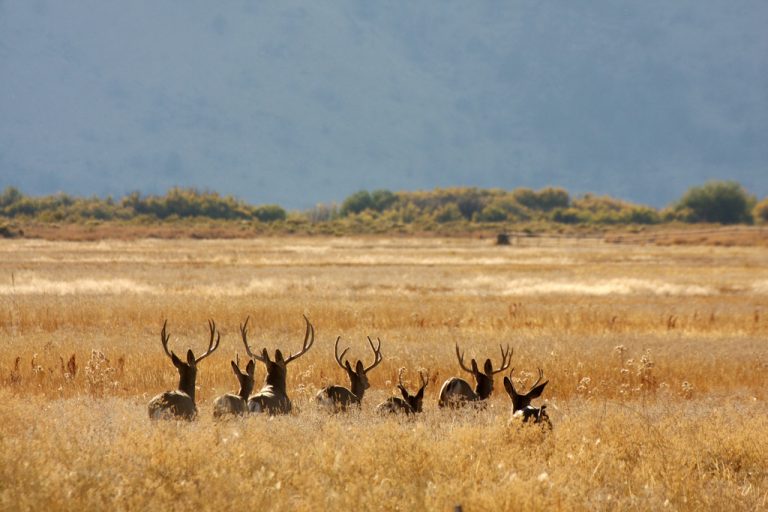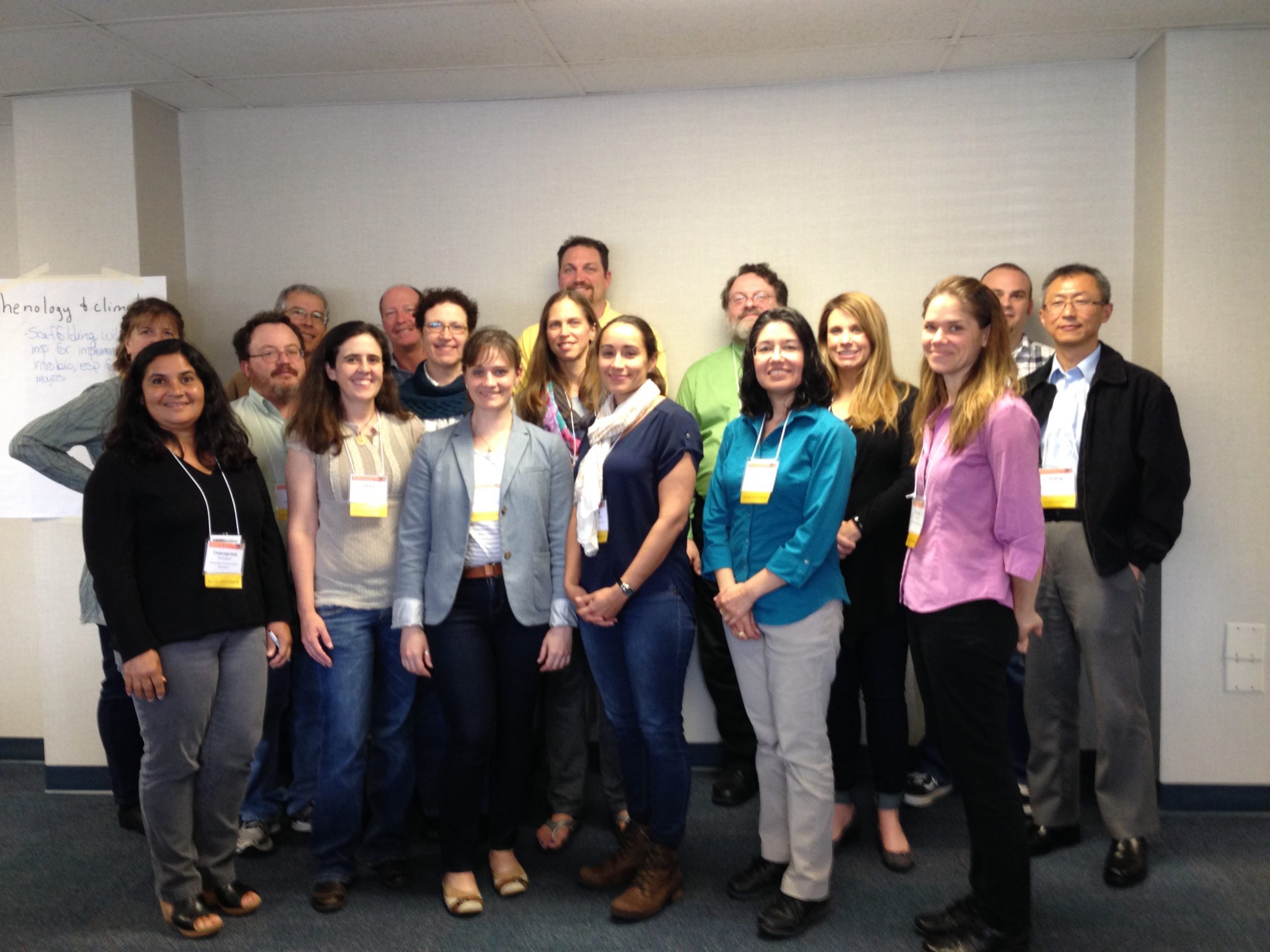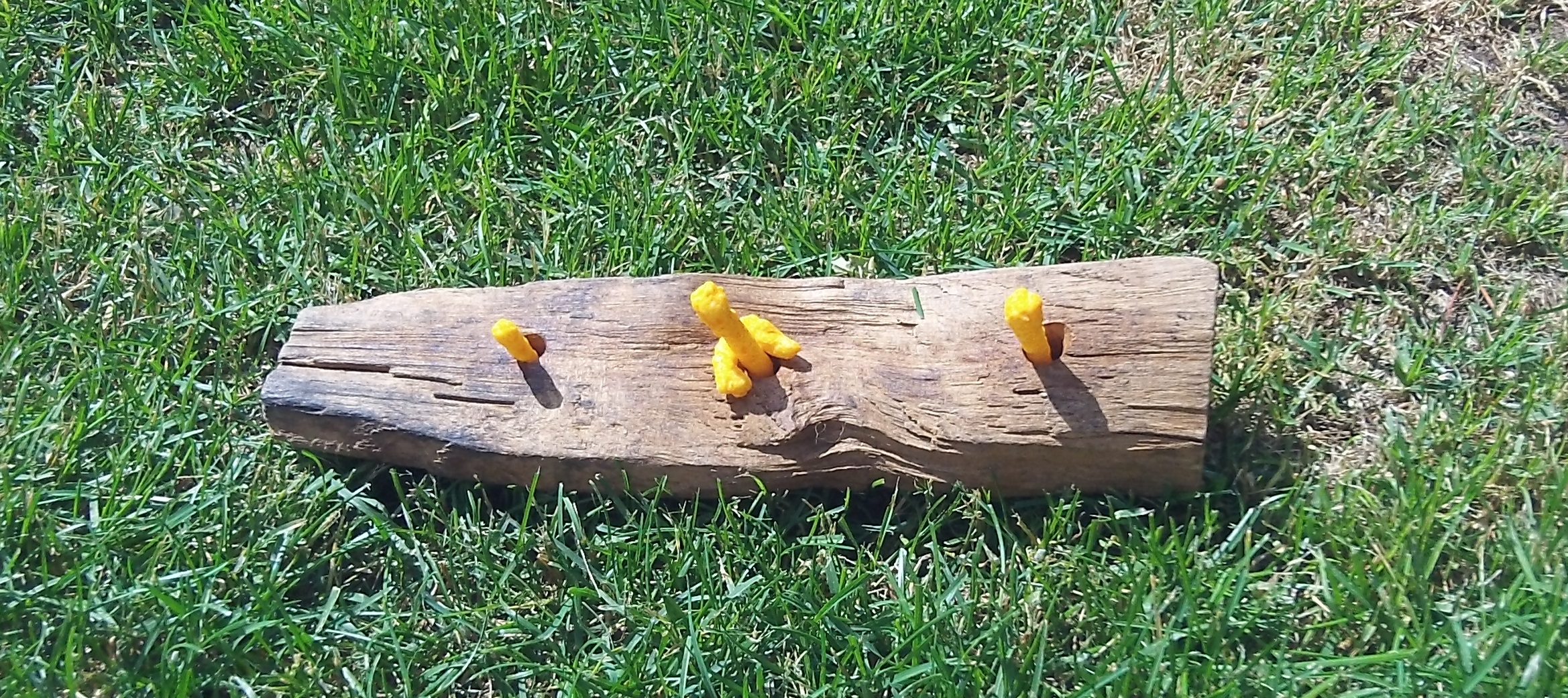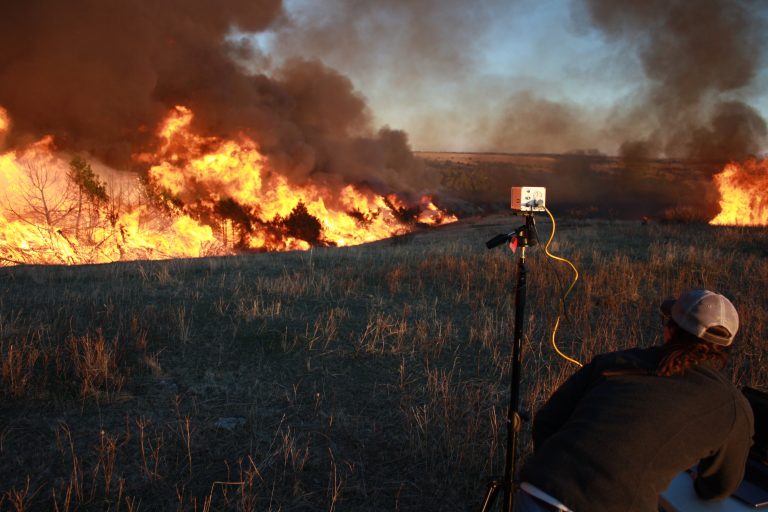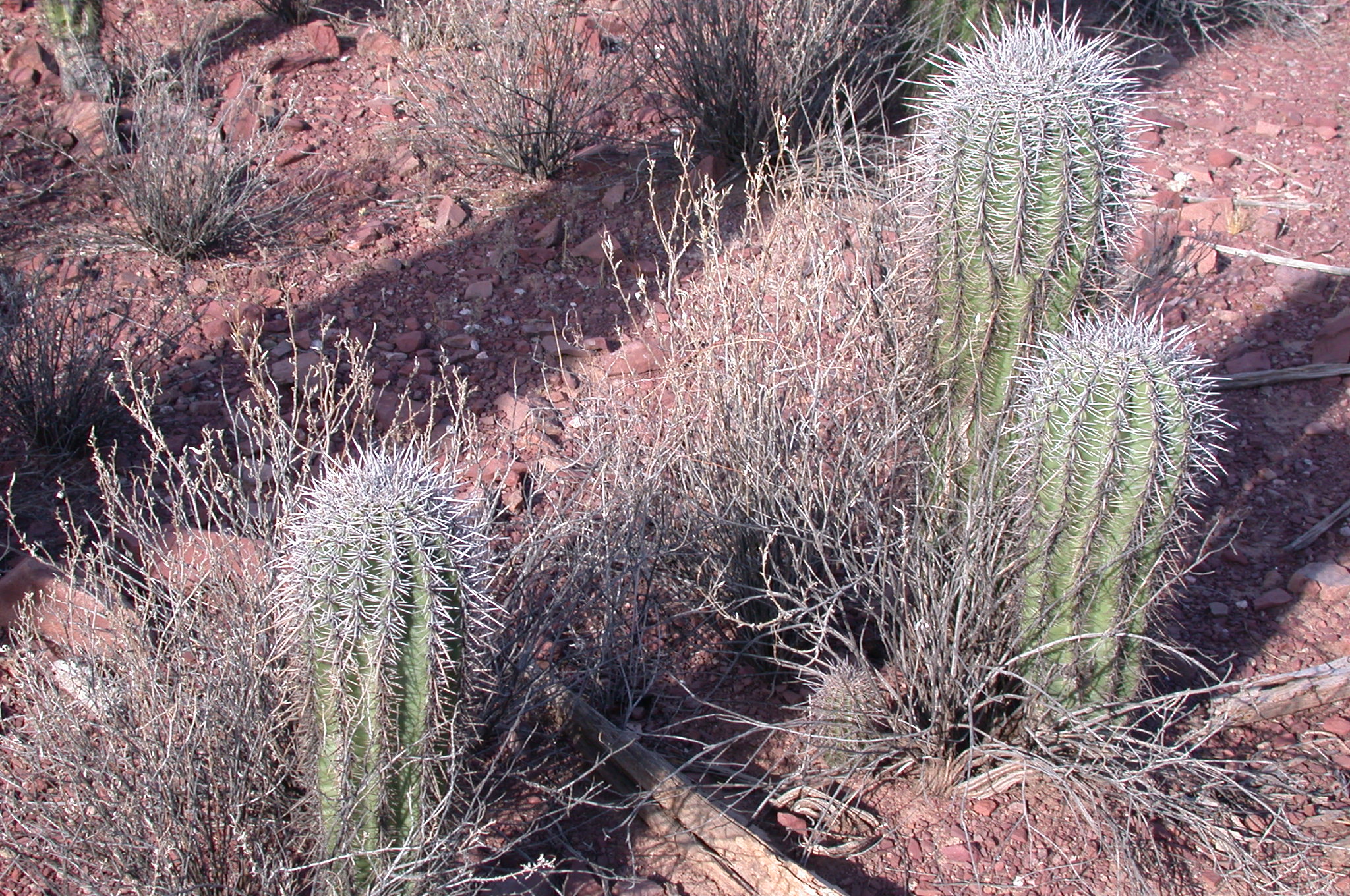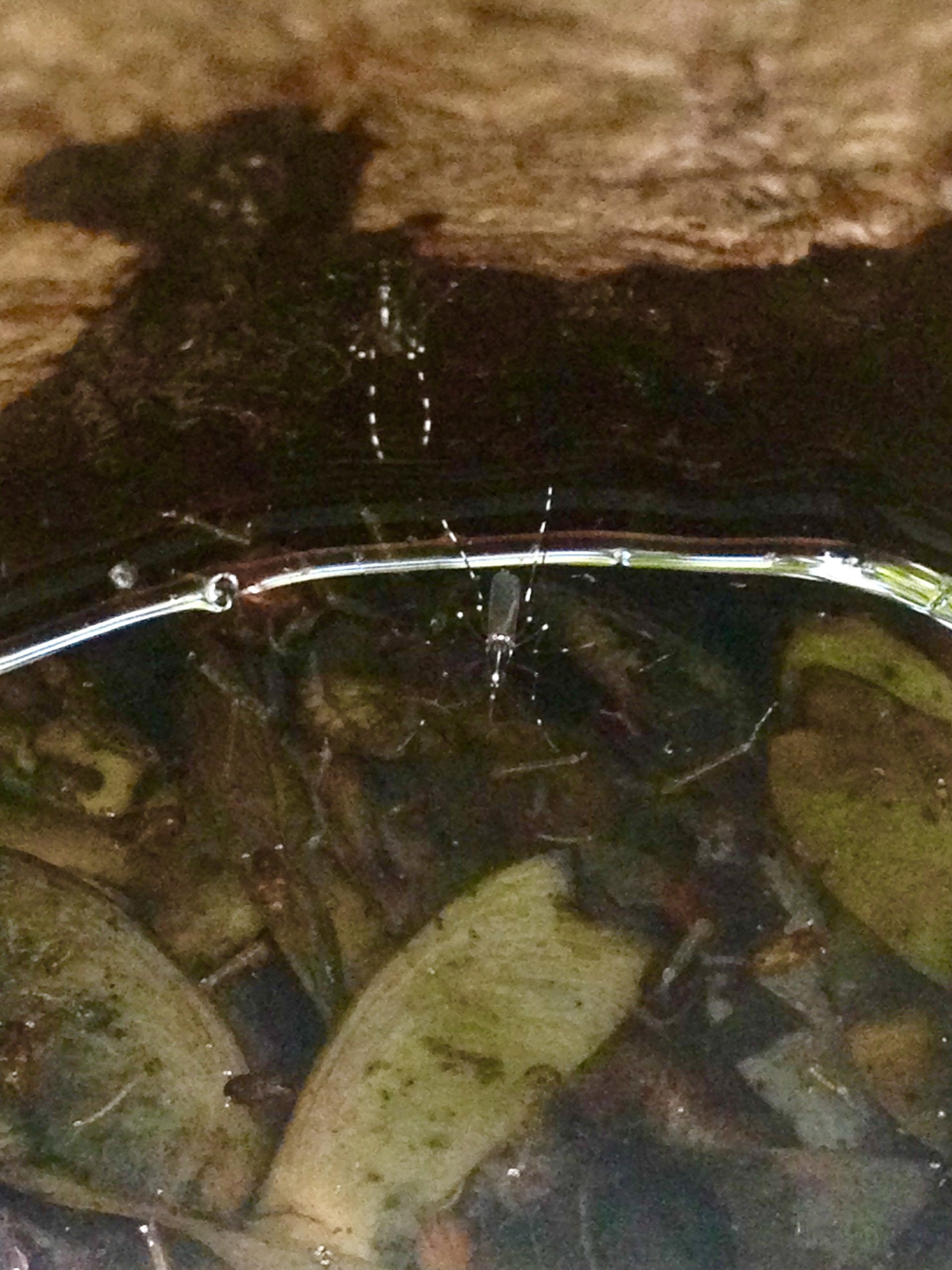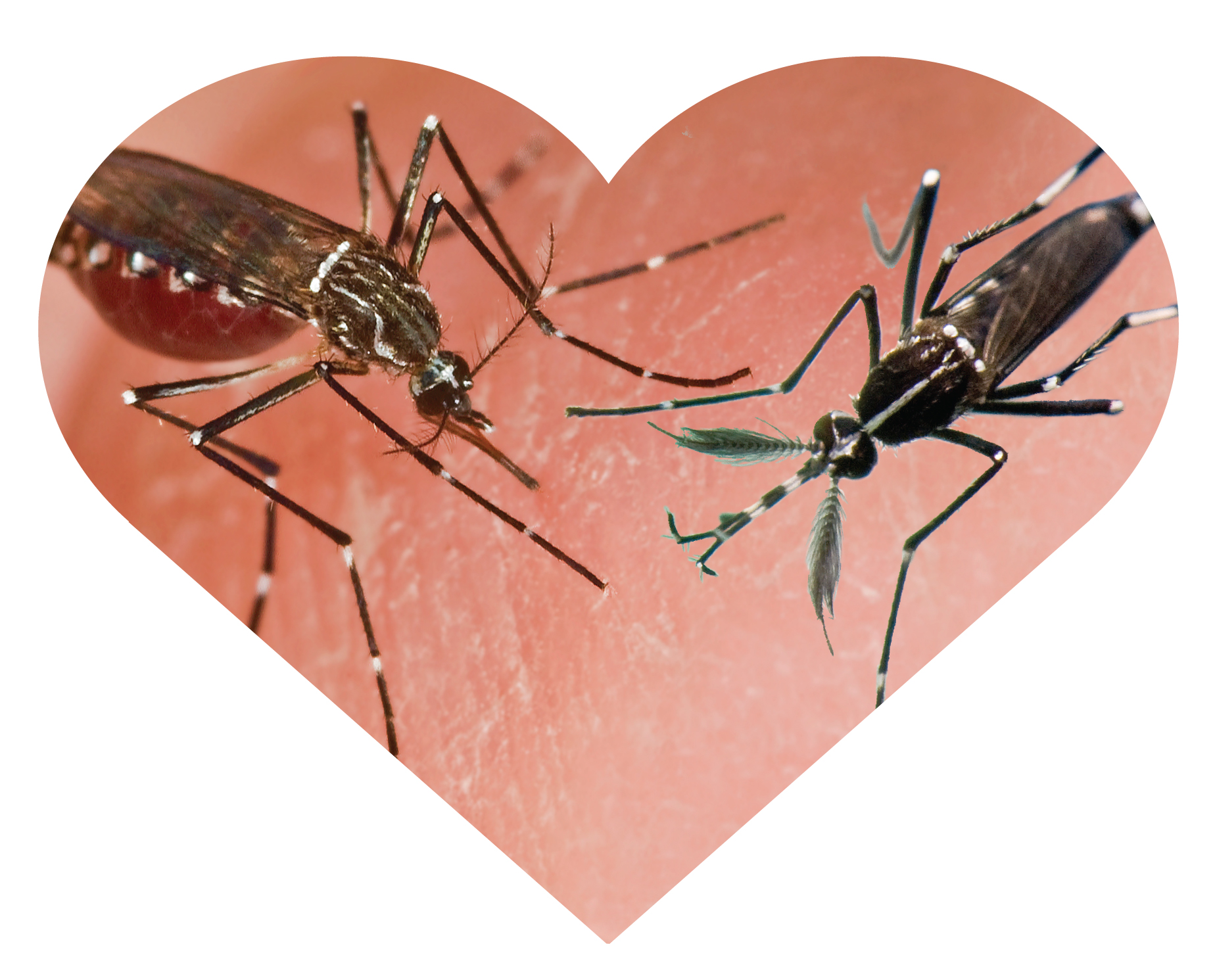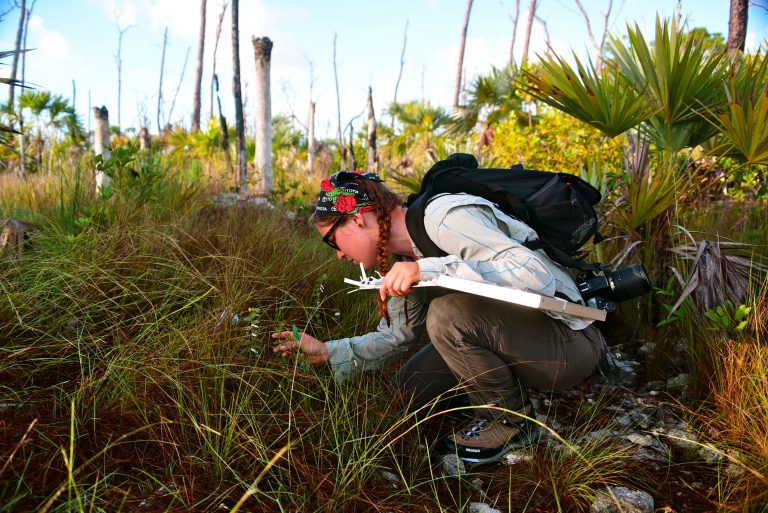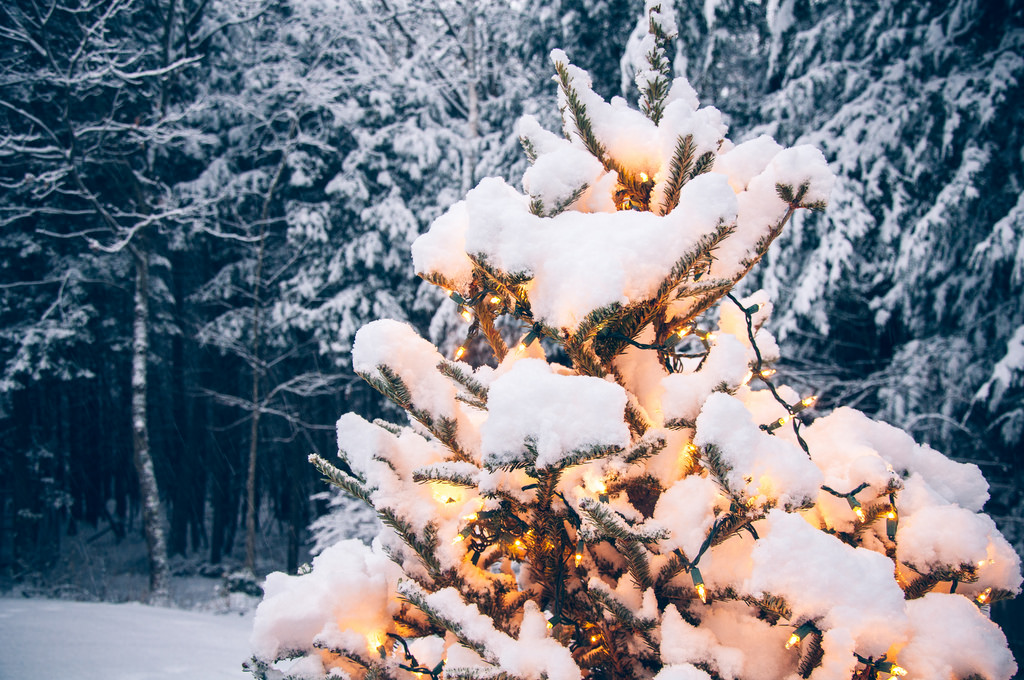
Appreciate Trees this Holiday Season
By Gary Lovett, Senior Scientist and Forest Ecologist, Cary Institute of Ecosystem Studies, Millbrook, NY Tis the season when many Americans welcome trees into their homes. For millions of us, fresh-cut evergreens are at the heart of Christmas celebrations – a symbol of hope and joy. Sadly, the situation facing America’s trees is neither hopeful nor joyous. The Fraser fir, one…
